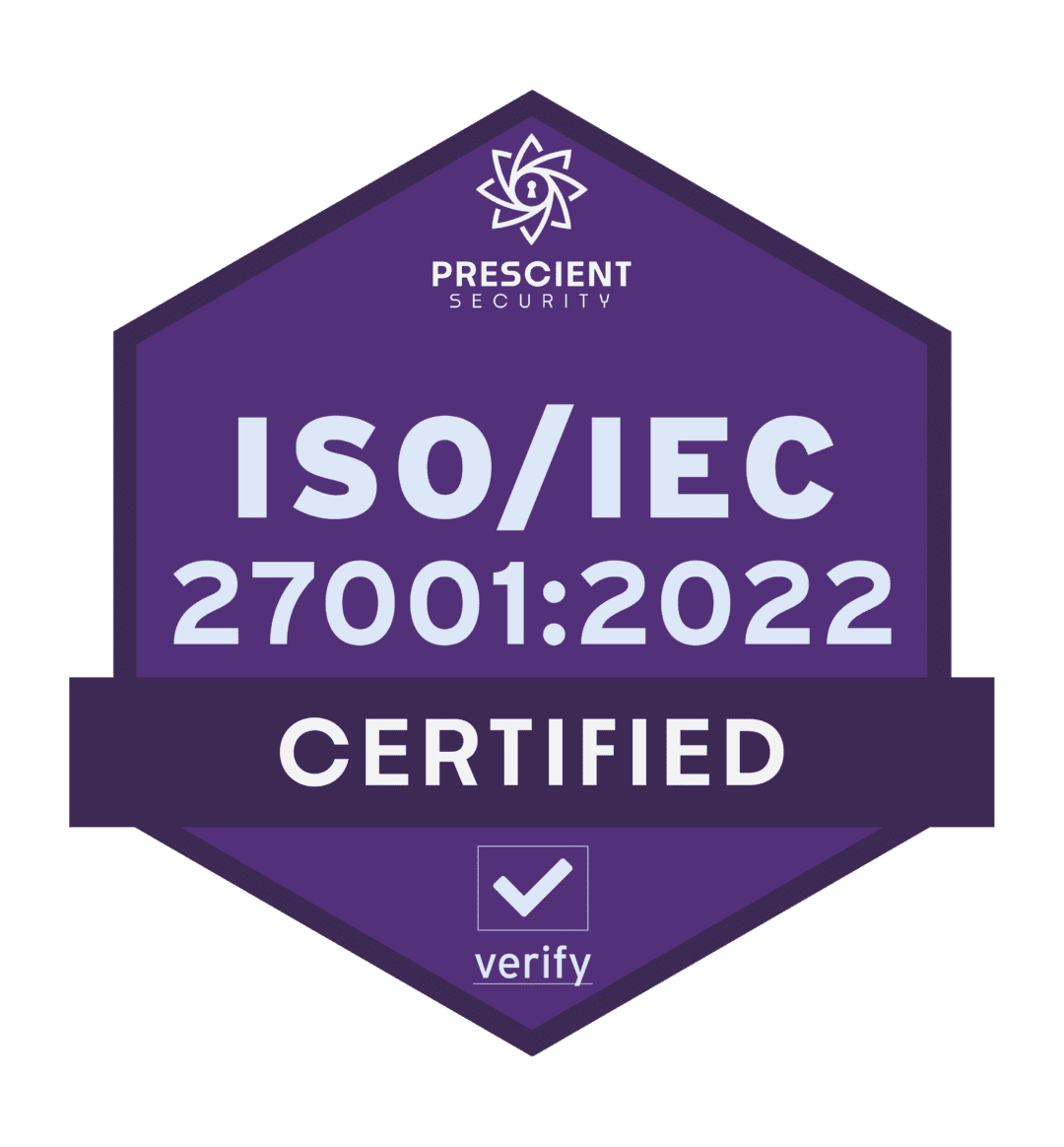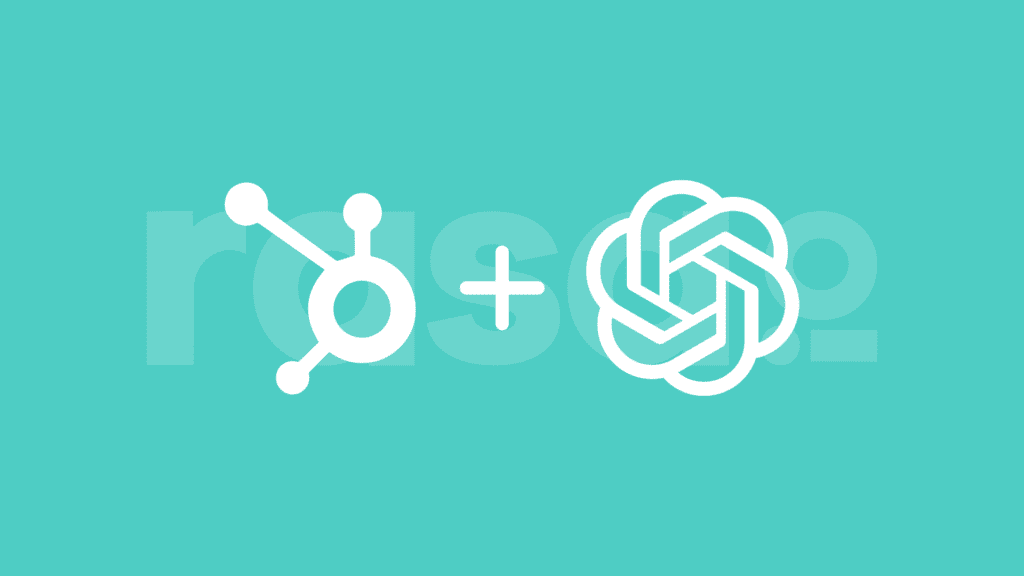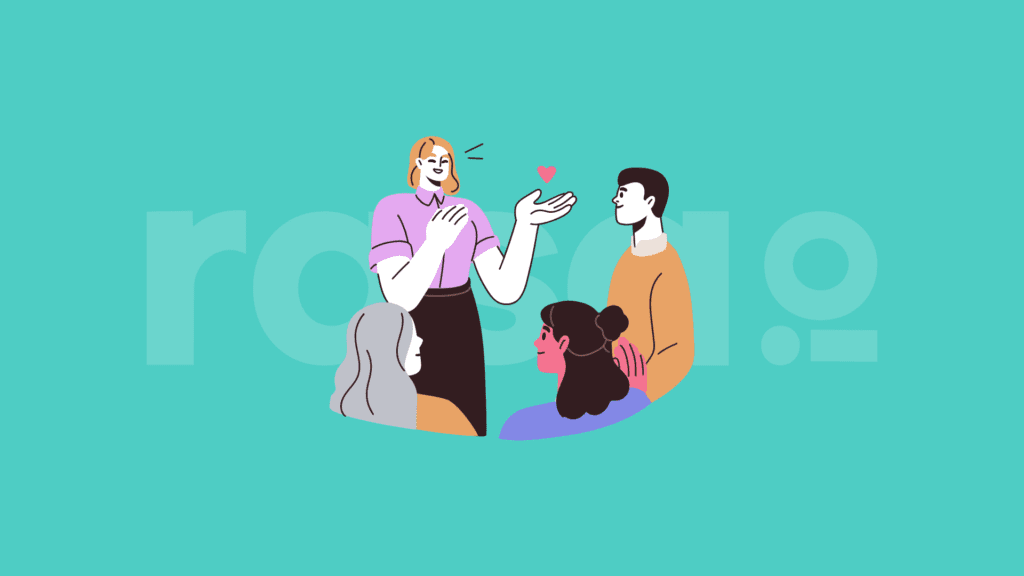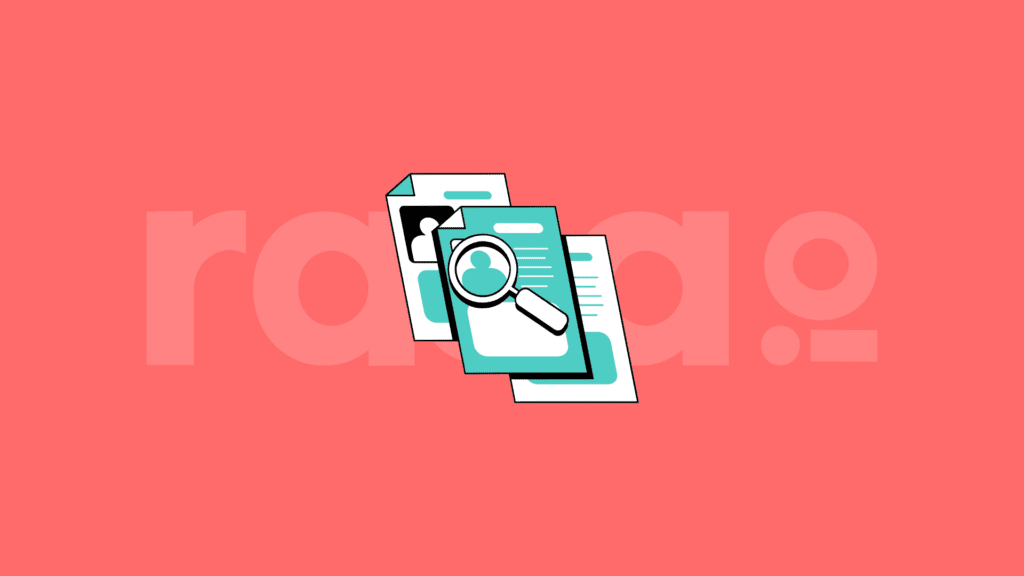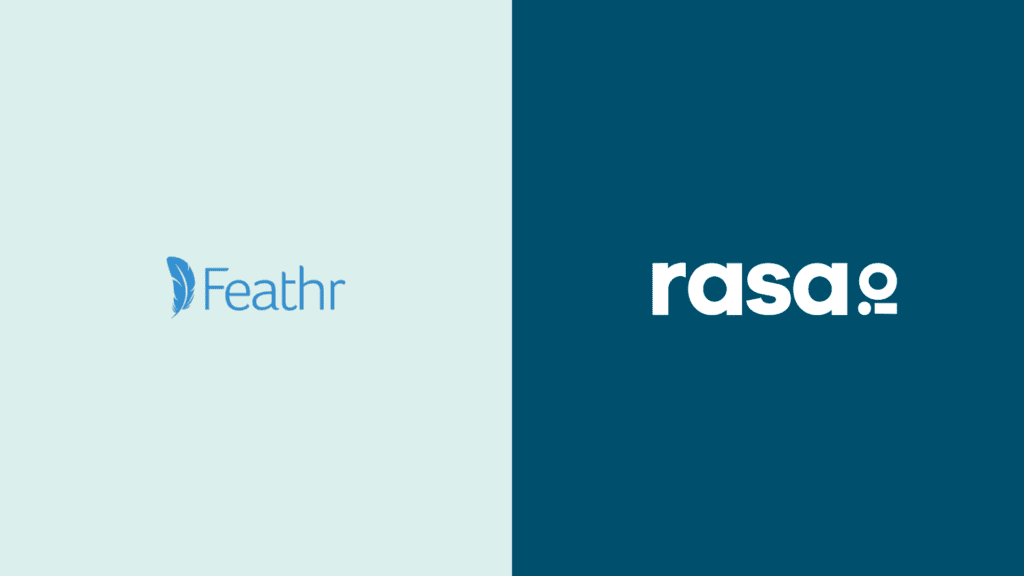Lianna Patch
We don’t often associate copywriting with humor, but for today’s guest, Lianna Patch, this is a core tenet of her unique approach. As a sought-after conversion copywriter, Lianna blends humor with conversion optimization methods to write high-performing emails that increase sales and grow her clients’ businesses. We kick the show off by learning more about what prompted her foray into the world of humorous copywriting. While companies now hire her for her snarky style, this was not always the case. She felt stunted in her previous positions under the weight of professionalism.
We then move on to explore more about what conversion copywriting is and what sets it apart from its direct response counterpart. Lianna sheds light on the kind of research necessary for conversion copywriting. From there, we dive into humor. It is no accident that Lianna has seamlessly woven comedy into her writing. She has drawn on cognitive psychological and physiological principles of humor and shares some of them with us. We then turn our attention to Lianna’s own newsletter and why it’s been on the back burner for a few years. Finally, we round the show off with some tips from Lianna on how to overcome the fear of the white paper when starting a series of emails. Be sure to tune in today!
Key Points From This Episode:
- Learn more about how Lianna got started in the copywriting world and what she’s up to now.
- How conversion copywriting compares with the old school, direct response style.
- Exploring what conversion copywriting is all about and what research it entails.
- How Lianna’s style draws on cognitive psychological and physiological principles of humor.
- Some resources Lianna used to learn about the psychology of humor.
- Learn more about Lianna’s newsletter and what the status of it is.
- Some of Lianna’s best email copywriting tips.
- What clients have told Lianna about her emails and how customers have responded.
- Common mistakes Lianna sees when people write a series of emails and overcoming them.
- Insights into what happens when a client hires Lianna to work for them.
Tweetables:
“For me, there’s a much bigger connection with knowing your customer and being customer-centric, and usercentric, and humancentric that sometimes gets lost especially in the more direct response end of copy.” — @punchlinecopy [0:03:31]
“In the broadest sense, conversion copywriting is any copy that starts based on research about the person it’s going to ultimately target.” — @punchlinecopy [0:05:05]
“I think a lot of people, but especially in SaaS, have this disconnect in the way they would speak to a human being and the way they would sit down to write.” — @punchlinecopy [0:14:54]
Links Mentioned in Today’s Episode:
Episode Transcript
Lianna:
What did they need to hear? What do we need them to do? How do we make that experience happen while still delighting them in some way? It’s all like go through it. Write out a structure for emails and say, I’m going to send a sales message in this. We’re going to follow up with some value. Um, and then while I’m writing the email, it’s like, how can I make this as enjoyable as possible while not distracting from that goal? Every sentence has a job. Its job is to get you to the next sentence. So I kind of have to be a harsh editor, but I like email for other reasons. It’s very clear how many people opened it. So you know, if your subject line did what it was supposed to do, it’s very clear how many people clicked. So you know, if your calls to action did what they were supposed to do and then you can track those clicks through whatever ultimate conversion you’re looking for.
Bryan:
From rasa.io the free tool for sending smarter and better email newsletters. This is pushing send, a show featuring people who send emails their subscribers actually want to read. I’m Bryan Kelly and on today’s show how one sought after copywriter blends humor with conversion optimization methods in order to write high performing emails that increase sales and grow her client’s businesses. Here’s Lianna patch sharing how she developed her unique approach to copywriting. I understand companies hire you for the snarky and fun approach you take with copywriting. How’d you get started?
Lianna:
I had been running my freelance business for I think like five or six years and I was super burned out and I was doing mostly publications editing and just sort of stepped back and was like I hate this and right then Joanna Wiebe, I don’t know if you’re familiar with her. She runs copy hackers. She opened up her first ever copywriter mastermind and I was asking her during one of our calls and I was also chatting with a friend of mine at the time and saying like, man I, I’ve been doing standup on and off, just like going to open mikes, trying out some jokes and I just really wish there were a way for me to combine comedy and copywriting cause it feels like so authentic and so much fun and like there’s so much room to explore there. And Joanna was one of the people that was just like, well why can’t you? And I was like, wow, mind blown that. Yeah. That was like being given permission to start punchline copy. How did this show for you in other ways as you started to work on growing your client base? For me, when I was writing emails to potential clients and I felt like I was sort of forcing myself to be this professional, you know, this is what I think a copywriter sounds like a communicates like. And it was so much more effort to put that filter in between. So as I became, you know, a more confident comedian and more confident improviser, I was like, Hey actually I kind of like the person that I am and maybe I could be that person and attract more clients who like that person and then not have to try hard to be something else. And that has been a huge relief as well.
Bryan:
Now you yourself a conversion copywriter, what does that mean? What do you do differently?
Lianna:
I think anybody who goes by conversion copywriter is probably doing a lot of the same research that I’m doing. So like mostly qualitative research, open-ended feedback from the ultimate reader of the copy. But along with doing that research, I’m also asking things like, Hey, what kind of jokes does your audience like? Or can we build a relationship with them through humor? Where do we need a joke to alleviate anxiety or relieve some tension or you know, just cheer them up for a day. So for me there’s like a much bigger connection with knowing your customer and being customer centric and user centric and like human centric that sometimes gets lost I think especially in like the more direct response end of copy where people are just like, buy, buy, buy. I’d rather just like cultivate a list of humans that want to buy because they like you.
Bryan:
How do you compare what you specifically do as a conversion copywriter to the old school direct response copywriters out there?
Lianna:
I think there is a lot to learn from them and you know I have boron letters, they have breakthrough advertising by Eugene Schwartz. I know that that approach works and it’s built on the same kind of fundamentals of human psychology and buyer psychology, right? And fear and scarcity and urgency. I think A) there’s people now who are translating those principles into more like easily accessible blogs and posts and videos and B) I just never want like go that hard. I don’t know. It sounds, I’m hearing myself say that and it sounds like very fear motivated like Oh, I’m afraid to sell. But I find that people who label themselves as, I’m an old school, direct response copywriter, they tend to gravitate toward industries that I’m personally not pulled to like supplements, dubious medical devices. Those are not my favorite kinds of clients most of the time. So I usually stay away.
Bryan:
Well let’s take a step back. Can you explain in a little more detail exactly what conversion copywriting is all about?
Lianna:
Yeah, so in the broadest sense, I think conversion copywriting is any copy that starts based on research about the person that it’s going to ultimately target. So I mentioned qualitative research before and that’s a good place to start. So this is all from like the discipline of conversion rate optimization, better understanding your users using the data you have at hand, getting the data you don’t to lower the barriers to conversion, whatever that conversion is. And conversion could be a click, sign up, a sale, whatever that might be. So some of the data that I’ll look to collect is quantitative. So like, you know, how many visitors, how many sessions does the page or product get, what’s the current conversion rate? Do we want to aim for a higher conversion rate or do we want to change that actual conversion. So like if you’re sending traffic to a product but it’s not selling, maybe you don’t need to send more traffic, maybe you need to put them into an email funnel first, that kind of stuff. But really where copy picks up is with the qualitative research. So anywhere that the customer has a chance, the customer or the reader, it doesn’t have to be just for e-commerce, it’s happens, you know, in every industry, anywhere the reader has a chance to give open ended feedback. So like support chats, you know, help desk, emails, surveys, interviews. If you’re doing higher ticket services, you might conduct client interviews and you give them a chance to just talk in their own words, um, for doing interviews. You record them and then you’ll go through and mine things, mine messages that come up again and again, this is really useful, especially with eCommerce product reviews because people love leaving reviews. And usually there’s like 200 at least that you can go through and that’s about how many you need to go through to start seeing things come up over and over. They’ll see problems that people were facing that they tried to fix with the product. You’ll see competitors mentioned what they did and didn’t like about those competitors. You’ll see what they were hoping for from your product or service and what they ended up getting and those are all really useful for knowing how to structure your copy on the email or the page or whatever it is. But then you get swipeable nuggets of just like pure copy gold where people say things that you would never have said and that’s you take the pieces you like and you put them into your copy. That’s a really good way to get your copy to feel genuine without having to sit there and agonize over like what’s the most original way to say this?
Bryan:
When we come back. How Lianna utilizes principles from cognitive psychology found in a textbook she discovered called the psychology of humor, plus Lianna candidly and honestly shares why she hasn’t fully utilized her own email newsletter to drive business. I’m Bryan Kelly and you’re listening to pushing send from rasa.io
rasa.io:
creating email newsletters takes a lot of time. You might curate articles, write content, tweak your template and look up metrics and not to mention. You’re probably doing all of this once a week. Well, at rasa.io we said enough and built a free tool to simplify the process which saves you time. It also uses AI to personalize emails for each subscriber based on their interests. That means they get stuff they like to read. I want to see how it works. Visit www.rasa.io and click how it works.
Bryan:
Welcome back to pushing send. I’m Bryan Kelly. Lianna patch came across an entire field of study called humor research and learn how it explained her blend of comedy with communication. But despite her success as a conversion copywriter, Leanna feels a bit like the cobbler who has no shoes because she puts more into her climb projects than our own email newsletter first. Here’s Leanna explaining the psychology and physiology behind comedy. Why do you think humor is so important to your work as a copywriter?
Lianna:
We could get a little bit into the cognitive psychology and even the physiology of it. Like humor creates feelings of happiness and fulfillment and lights up some of the same areas of the brain as like getting a cookie or like having something nice happen to you. And when you make a joke and you feel like the tension break, if you’re, you know, standing around with a bunch of people you don’t know and you make a joke about something in the world and everybody starts laughing and there’s like this tension lifting, you can do the same thing with copy. So it’s very much cognitive psychology based. It’s science-based and it’s, for me, it’s how do we use that? How do we use those tools strategically while keeping our eyes on the conversion goals, whatever they are.
Bryan:
I’m really interested in some of the principles you’ve woven into your work from cognitive psychology. Like what are some of the influences you’ve had related to basically the psychology of humor?
Lianna:
Well, right when I was starting to get into it, you know, I was like, okay, if I have to look at what I’m doing and break it down and try to codify it so I can explain why it works. I ended up ordering this textbook actually called the psychology of humor by Rod A Martin and that was just like a treasure trove of all different branches that I could explore, like going off into the physiology or the emotional relationships of humor and like the types of humor theories that people used to subscribe to and still do. And like breaking down jokes to see what exactly is funny. People have been doing human research for hundreds of years, but you just don’t really think about it. Do you know any humor researchers? Cause I don’t. I wish I did. I love the beginning of this book. He has this like forward where he says people ask like shouldn’t a book about humor be funny? And he’s like, well you wouldn’t expect a book about sex to be sexy, so learn something. All right. Thank you professor. Wow. Yes. That’s been a really cool resource.
Bryan:
Aside from professor Martin’s textbook, what are some of the other resources on your shelf right now?
Lianna:
I have a whole like comedy reading list that I will happily share with you. Just anything related to like the structure of comedy, anything related to standups. Personal biography, so like Tina Fey, Amy Poehler, Steve Martin. There’s a great book that I’m making my way through now and pulling from, which is called comedy writing for late night TV by Joe Toplin. And so he’s getting into like some of the structures that he uses to write punchlines. And this is all like, I’m pulling from all of this and trying to understand how I use it and kind of like pull apart my own instinctive moves to see why I’m doing the things that I do. Uh, and ultimately, you know, I’m about 60% of the way through creating a course about humor and marketing.
Bryan:
That’s great. So you write a lot of sales based emails for clients and I’m wondering if you always make them fun.
Lianna:
Yeah, I mean you can build value like around sales messages in other ways without being funny, right? Like you can balance your sales messaging with genuine education and information and like build value for people. But why not use every tool at your disposal? And like, especially if you’re doing something like SaaS where you have an in app experience or you’re emailing your list, you can do this like one to one approach, but at the same like you’re doing a one to many approach but it feels like a one-to-one. This is not me explaining it very well, but you know what I mean? Like you’re building that relationship with each person, but you don’t have to do it with every single person. You can just write a funny moment, feels really personal.
Bryan:
You’ve got your own email newsletter called just the tips and as somebody who writes emails for other people, I’m curious how important that newsletter’s been for your business. Tell me the story behind it.
Lianna:
Oh boy. Ah, I think the story of that newsletter was I really got to get something off on my site. Let me sit down and write this. And I have updated it a couple of times since then, but that was like probably three and a half years ago. It’s helpful for educating people. I have not used it to turn them into my clients and so it does not function as like real lead gen for me. So really, you know, one of my tasks on my never-ending to do list that will probably never happen is to write a better version of that. That’s more clearly targeted at my potential clients. But who has the time, Bryan?
Bryan:
You need to hire your own conversion copywriter.
Lianna:
I know, right? But they’re so expensive.
Bryan:
Here’s the tough question. How does that make you feel?
Lianna:
You know, it feels like I should get better at prioritizing my time and making time for my own projects, which is a constant struggle that I work on with both my business coach and my therapist.
Bryan:
Would you say that this is hurting your business at all?
Lianna:
It is not. I’m very lucky in that most of my clients and projects come from exposure through speaking gigs and podcast guesting believe it or not. And just like having been in the space for awhile, like going to conferences, really niching down into software and eCommerce and like, you know, I’m being, I’m on stage at these conferences and I’m doing webinars and I’m guessing on podcasts and people just sort of come to me, which is a big privilege and I would love to make time for writing more emails and I do think that I will,
Bryan:
I appreciate your openness and candor about this. And of course I now have to ask about your best email copywriting tips.
Lianna:
I love this question because I think a lot of people but, especially in SaaS have this dis disconnect between the way they would speak to a human being. And the way they sit down to write, I would say like I have the series of like 10 quick and easy punch ups. Right? But you can go into any copy and do and it’s things like that, adding abbreviations, adding contractions. So instead of saying, I am say I’m right cause that’s what you’d say in person, go through and see where people are falling off. Uh, in your current emails and ask yourself why that might be. Maybe they just got bored. You know, maybe that was a particularly uninspiring email. And really the number one thing that I think people should be doing across whatever emails they’re sending is giving their readers a chance to give feedback. So as soon as you can, um, either letting them segment themselves into categories that allow you to serve them better or just saying, Hey, you know, why are you here? What can I do for you? Hit reply and let me know. A real person will talk to you. Like that goes such a long way and you see it more in e-commerce because I think e-commerce is a lot better about tracking metrics and like optimizing wherever possible then a lot of industries are. But it could happen in any industry.
Bryan:
After you’ve completed writing an email series for a client and it’s gone live, have you heard back from them about any specific responses subscribers send them as a result of your work?
Lianna:
I have heard back from clients and yeah, some people have come back and said like people are really like anecdotally people are enjoying the copy, they’re hitting reply. Then if you ask for responses, you’re going to get them. But I think it’s always important to remember that people who have no barriers to hitting reply to an email from maybe a stranger are outliers. There may be going to be the complainers or the super fans and that’s why you have to not give any one person too much weight.
Bryan:
so what are some of the biggest mistakes you see people making when they set out to write a series of emails?
Lianna:
I think if you’re writing a series of emails that has a goal or several goals, like a welcome series, maybe your main goal is to get somebody to buy from you or book an appointment or whatever it is, but maybe you also want them to follow you on social. I try to stick to the one goal per email rule and that’s mostly for series like auto responders. If you have a newsletter you can have multiple different places for people to go and choose what’s most important to them, but you’re always going to be splitting people’s attention. So I think it’s clearer to just send people to one place from one email and not just one link. You know you can link to the same place multiple times or have buttons or whatever.
Bryan:
Does that apply to this series or one focus per email?
Lianna:
Yeah, each email, because you might be shepherding someone through multiple goals in a welcome series. Maybe the first email is to give them a coupon code and get them to use it, in which case if they actually buy it, they’ll get your post-purchase series and you probably won’t put them through the welcome series anymore. Um, if you have overlapping content there for those people. But you know, next email might be to educate and explain how your product is made or explain who you are as a person. Maybe the next one is, Hey, follow us on social because we’re doing cool stuff over there and we’d like to know you better. So it can be different goals. But yeah, one goal per emails simplest. It makes people less stressed I think when they’re reading cause it’s not like you’re asking them to do one new thing, every other sentence and it’s easier to build, you know, a funnier or more cohesive email around one goal, write a story. You can, you know, um, return and close the loop that you opened at the beginning of the email instead of just being like, here’s a story. And now we’re somewhere else. By the end you asked for mistakes that people make, but I think what I can give instead or tips to like take the pressure off to write emails. Um, there are mistakes for sure, but I think getting around the whole like fear of the white page, like the, the white bowl thing. Either have a conversation with the user or customer and transcribe it and see what you said. See how you yourself describe your product or service and let that inform your copy. Or just like pretend you’re having a conversation and talk out loud into a voice recorder and again, get that transcribed because we speak differently than we write. And so that can help you get around that weird formality. Allow yourself to be yourself. It’s so trite, but you know, be a person.
Bryan:
Just be a real human being.
Lianna:
Yeah. Build rapport. Like make jokes. Don’t just slam something in someone’s face because you have access to their inbox now.
Bryan:
let’s pretend I’m someone who’s just hired you. What does your process look like? Where do we start with sending out to make my emails better?
Lianna:
Yeah. Usually most projects, most in depth projects that I’m doing, we’ll start with an actual research phase. When I’m getting access to all that stuff, I’m combing through it. I’m creating a document that I ultimately go through with the client and say like, Hey, look at these interesting insights that people have. Um, not just from your customer base but from competitors and you know, this will help us position you as a more premium product. I’ll do that messaging research and I’ll say either, okay, here’s where I think we should go in terms of like building a welcome series that really educates and pushes people towards their first purchase or post-purchase series that brings them back in for their next order. Or you know, transactional emails like abandoned carts that, that help them come back. Or I’ll say, we don’t have enough data yet. Let’s run a survey or let me do some customer interviews. Um, and that’s often what I’ll do with businesses that don’t really have enough qualitative data out there. And there’s not really a chance to get one. Like, um, you know, high end consulting services. You can’t really send your customers a survey and expect to get patterns back in the responses. Cause what if you only have 12 customers, right? So you try to get four or five of them on the phone if you can, um, and talk to them for awhile.
Bryan:
Lianna makes a strong case for how humor can make our emails more human and more compelling to readers, but she doesn’t just use comedy for comedy’s sake. There’s an intentionality to her work that we can all learn from and implementing. Just one of her tips can help. Take the pressure off of sending your next email coming up. On our next episode, we’ll hear from Dan Oshinsky, the former director of newsletters at both Buzzfeed and the new Yorker, who’s now an email newsletter consultant helping organizations navigate the COVID-19 pandemic. You won’t want to miss my conversation with Dan. So if you’re listening to pushing send for the first time, be sure to subscribe at Apple podcasts or wherever you’re listening so you don’t miss an episode. And if you’ve enjoyed what you’ve heard, I’d encourage you to check out a few other episodes while you’re here. Lastly, leaving a review will help us share these stories with others like you. Thanks in advance for doing that. I’m Bryan Kelly, and you’ve been listening to pushing send from rasa.io.







